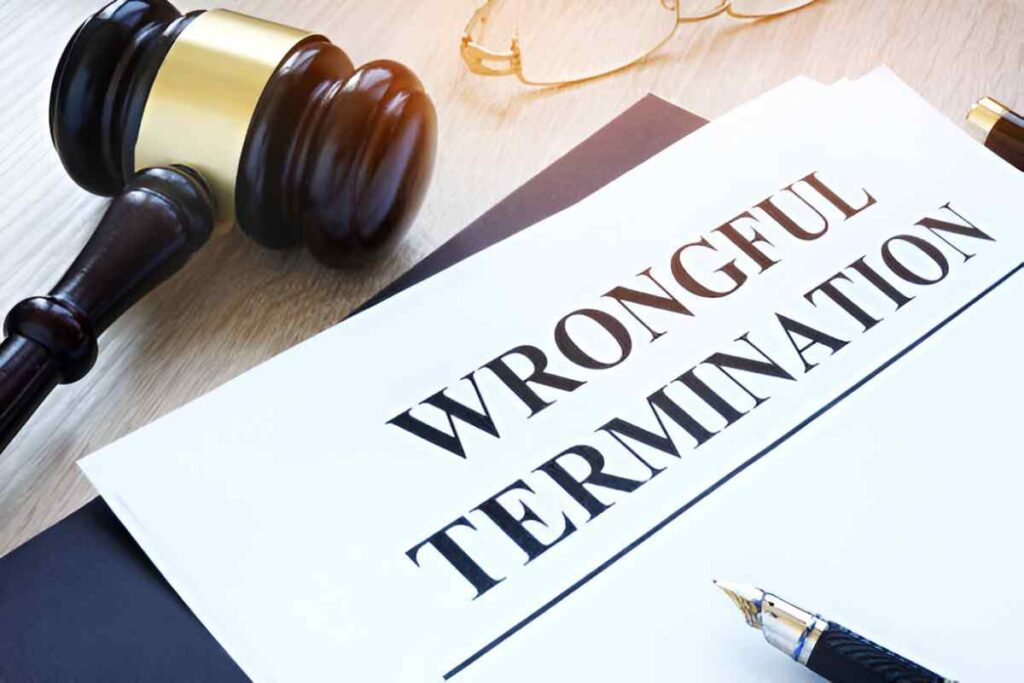Negligence is a concept we encounter in various walks of life—whether in legal matters, healthcare, or everyday situations. It’s one of those terms that we hear frequently but often struggle to grasp in its full context. As I explore negligence, I’ll break it down into manageable sections, aiming to offer clarity and insight into its various forms, implications, and examples. Whether you’re navigating through a personal injury case or working in a professional setting, understanding negligence can help you avoid costly mistakes and legal challenges.
Table of Contents
What Is Negligence?
Negligence, at its core, refers to the failure to exercise the standard of care that a reasonable person would in a similar situation. It is about not doing something—or doing it improperly—that results in harm or damage to others. The term is used extensively in law and healthcare but can also apply to anyone who is expected to perform duties with a level of care.
When we say someone was negligent, we are essentially saying they failed to act as carefully or attentively as they should have, and this lapse caused some sort of damage. In legal terms, negligence often refers to a type of tort—an act or omission that harms someone and may result in legal liability.
The Four Elements of Negligence
To prove negligence in a legal sense, four key elements must be demonstrated:
- Duty of Care: The defendant must have had a duty to act with a certain standard of care toward the plaintiff. For instance, a driver has a duty to drive safely on the road, and a doctor has a duty to provide competent medical care to their patient.
- Breach of Duty: The defendant must have breached that duty by failing to meet the standard of care expected in that situation. For example, if a doctor makes a mistake during surgery or a driver runs a red light, they have breached their duty of care.
- Causation: There must be a clear link between the defendant’s breach of duty and the harm caused. The harm must be a direct result of the breach. This element often involves two tests: cause-in-fact and proximate cause. The former asks if the injury would have occurred but for the defendant’s actions, while the latter evaluates whether the harm was a foreseeable result of the defendant’s actions.
- Damages: The plaintiff must have suffered actual damages (physical, emotional, or financial) as a result of the breach. Without damages, there is no basis for a negligence claim.
Examples of Negligence
To clarify these concepts, let’s look at some real-world examples where negligence might apply:
- Car Accidents: If a driver runs a red light and crashes into another vehicle, that driver may be found negligent for failing to stop at the red light. The breach (running the light) directly caused the accident, and the injured party suffered damages (physical injury, medical bills, etc.).
- Medical Malpractice: A doctor who fails to diagnose a disease correctly may be considered negligent if that error results in harm to the patient. For example, if a doctor misses signs of a heart attack and the patient’s condition worsens, the doctor could be held liable for negligence.
- Slip and Fall Accidents: If a store owner fails to clean up a spill on the floor and someone slips, falls, and gets injured, the owner may be held responsible for negligence due to the lack of attention to a potentially hazardous condition.
The Role of Negligence in Personal Injury Law
Personal injury law is a key area where negligence plays a prominent role. It’s the foundation for most personal injury claims, whether they involve car accidents, slip-and-falls, or product defects. In these cases, the injured party (the plaintiff) must prove that the defendant’s negligence was the direct cause of their injuries.
For example, in a car accident case, the plaintiff may argue that the defendant’s reckless driving (such as speeding or texting while driving) led to the crash and caused the plaintiff’s injuries. The court would then assess whether the defendant’s behavior met the elements of negligence, including the duty of care, breach, causation, and damages.
Comparative and Contributory Negligence
In many negligence cases, there is the possibility of more than one party being at fault. This leads to two major legal doctrines: comparative negligence and contributory negligence.
- Comparative Negligence: Under comparative negligence, the responsibility for the injury is divided among the parties based on their degree of fault. For example, if a person is 20% responsible for an accident and the other party is 80% responsible, the damages will be adjusted accordingly. Example: If a plaintiff in a car accident is awarded $100,000 but is found to be 20% at fault, they would receive only $80,000.
- Contributory Negligence: In states that follow contributory negligence laws, if the plaintiff is found to be even 1% at fault for the incident, they may be barred from recovering any damages. This rule is much stricter and has been phased out in most jurisdictions in favor of comparative negligence.
Vicarious Liability and Negligence
Vicarious liability is a legal doctrine that holds an employer or principal liable for the negligence of their employee or agent, provided the employee was acting within the scope of their employment or agency.
For example, if a delivery driver causes an accident while making a delivery for their employer, the employer may be held responsible for the damages resulting from that accident, even if the employer wasn’t directly involved. Vicarious liability applies to a wide range of situations, from employers to parents and even to owners of dangerous animals.
Professional Negligence
Professional negligence refers to negligence committed by someone in a professional capacity, such as a doctor, lawyer, or accountant. These professionals are held to higher standards due to their expertise, and failing to meet these standards can result in significant legal consequences.
- Medical Negligence: Doctors, nurses, and other healthcare professionals have a duty to provide care that meets established medical standards. If they fail to do so, they can be sued for malpractice, which is a form of professional negligence.
- Legal Negligence: Lawyers must provide competent legal representation. If a lawyer fails to meet the required standard of care, such as missing filing deadlines or failing to advise a client properly, they may be guilty of legal malpractice.
- Accounting Negligence: Accountants are expected to follow professional standards and regulations. If an accountant makes a mistake that leads to financial harm for their client, such as failing to detect fraud or miscalculating taxes, they may be held accountable for professional negligence.
Negligence in the Workplace
Workplace negligence can be costly, not just in terms of lawsuits but also in terms of reputation, employee morale, and productivity. Employers are responsible for ensuring that their premises are safe and free from hazards. This includes maintaining equipment, training employees, and implementing safety protocols.
If an employee is injured at work because the employer neglected safety standards, the employer may be held liable for those injuries under workers’ compensation laws. However, if the employer’s actions are egregious, they could also face a lawsuit for negligence.
How to Avoid Negligence
Whether you’re an individual or a business, there are several steps you can take to minimize the risk of being accused of negligence:
- Know Your Responsibilities: Whether it’s driving safely, maintaining your property, or providing medical care, knowing the standard of care required in your situation is crucial. Educate yourself on the laws and expectations governing your actions.
- Document Everything: In professional settings, maintaining thorough records can protect you in the event of a claim. This could include documenting medical treatments, keeping logs of business transactions, or recording maintenance and safety inspections.
- Invest in Insurance: While insurance cannot prevent negligence, it can help mitigate the financial consequences if you’re sued. Having liability insurance, professional indemnity insurance, or workers’ compensation coverage is a smart way to protect yourself and your business.
- Stay Vigilant: Regularly review your practices, whether in a business or personal context, to ensure you’re consistently meeting the required standards of care. Training, audits, and checks can help you stay on track.
Conclusion
Negligence is a term that’s often thrown around in legal and professional circles, but its significance cannot be overstated. Understanding what constitutes negligence and how it applies in different contexts is crucial for avoiding legal pitfalls and ensuring the safety of yourself and others. From simple car accidents to complex medical malpractice cases, negligence touches every aspect of life. By staying informed about your duties, responsibilities, and the potential consequences of failing to meet them, you can protect yourself and avoid costly mistakes.





